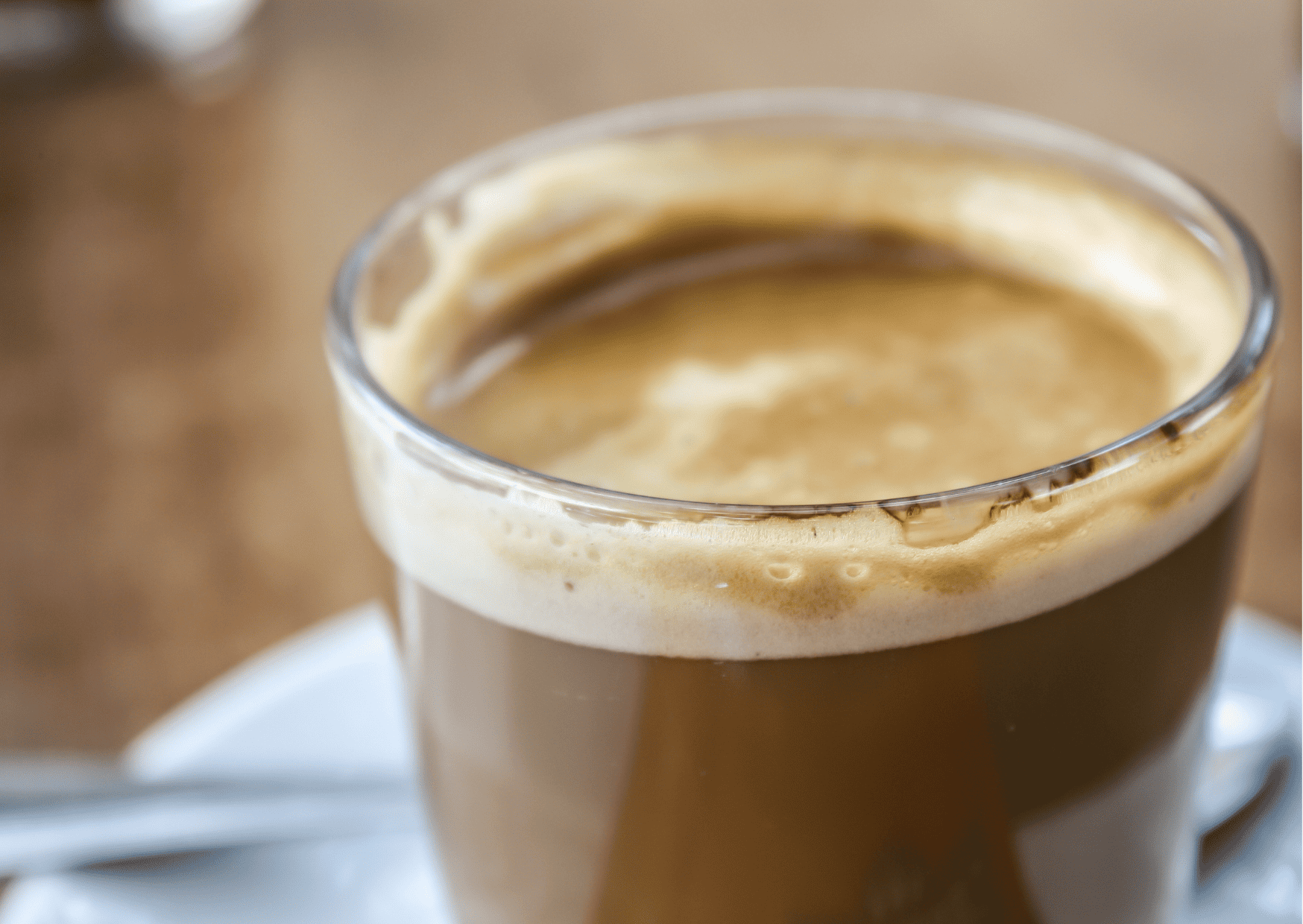

Traditional Cuban Breakfast ranges from classic Café con Leche and Tostada Cubana to Pastelitos and spicy Huevos Habaneros. This Caribbean island’s cuisine is a delightful fusion of Spanish, African, and Caribbean influences that make for an unforgettable culinary experience.
In this comprehensive guide, we’ll take you on a journey through the most delicious and authentic Cuban breakfast dishes, from the classic to the contemporary, and even share some tips on where to find them and how to prepare them at home. Read here sim card in Cuba
The origins of Breakfast in Cuba
Cuban cuisine is a melting pot of various culinary traditions that have been blended together over centuries of colonialism, slavery, immigration, and globalization. Cuban breakfasts, in particular, reflect the island’s complex history and diverse influences.
For example, the use of bread, coffee, and dairy products in Cuban breakfasts can be traced back to the Spanish colonial period, while the use of tropical fruits, plantains, and black beans can be attributed to African and Caribbean influences.
Moreover, the popularity of meat-based dishes like the Cuban Sandwich and Huevos Habaneros can be linked to the island’s agricultural and livestock heritage, as well as the influence of American fast food chains in recent decades.
Are Cubans Big on Breakfast?
Cubans do place a great emphasis on breakfast, and it is considered an important meal in Cuban culture. The traditional breakfast often consists of coffee, milk, bread, and butter or jam. This simple meal is referred to as “pan con café con leche” and is enjoyed by many Cubans.
However, as mentioned earlier, Cuban cuisine is a fusion of various cultural influences, and breakfast in Cuba has evolved to include a variety of dishes that reflect this diverse culinary heritage.
The breakfast culture also reflects the country’s social and economic conditions. In Cuba, breakfast is often considered the most important meal of the day, as it provides energy for the long workday ahead. Due to the scarcity of resources and the limited availability of certain ingredients, Cubans have had to be creative and resourceful in their approach to breakfast.
For example, during the Cuban Revolution, food rationing was introduced, and many Cubans had to rely on the government’s food distribution system to obtain basic staples like bread and coffee. Despite these challenges, their breakfasts have remained an important part of the island’s cultural identity and are cherished by locals and tourists alike.
Some popular breakfast dishes in Cuba, besides the ones mentioned earlier, include “moros y cristianos” (black beans and rice), “tortilla de papa” (potato omelet), “tostada con jamón y queso” (toasted bread with ham and cheese), and “pancakes” (panqueques). Many of these dishes can be found in restaurants and cafes throughout Cuba, and they are often served with a side of tropical fruits like mango, papaya, or pineapple.
In conclusion, breakfast is an important part of Cuban culture, and the island’s cuisine offers a wide range of traditional and contemporary dishes that reflect the country’s diverse culinary heritage. Whether it’s a simple “pan con café con leche” or a hearty “Huevos Habaneros,” their breakfasts are a delicious and unique experience that should not be missed.
Traditional Cuban Breakfast – Best Breakfast in Cuba
The role of coffee in Cuban culture

Coffee is an integral part of Cuban culture, and it’s not just a morning beverage, but a social ritual. In fact, the traditional way of making coffee in Cuba is called “cafetera” or “Italian coffee maker,” and it involves brewing coffee on a stovetop with a metal container that has three compartments: the lower one for water, the middle one for ground coffee, and the upper one for the brewed coffee.

This method allows for a strong, dark, and aromatic coffee that’s ideal for mixing with milk or sugar. Cuban coffee is also known for its “espuma,” which is the froth that forms on top of the coffee when it’s mixed with sugar. This froth is considered a sign of good coffee and is often served as a separate layer in a small cup alongside the coffee itself.
Café con Leche and Tostada Cubana

Start your day the Cuban way with a classic Café con Leche – a strong, dark Cuban coffee combined with hot, frothy milk. This delicious beverage is best enjoyed with a Tostada Cubana, which is a buttered and grilled Cuban bread slice. The bread’s crunchy exterior and soft interior create a satisfying contrast, making it the perfect companion for your morning coffee.
Cuban Breakfast Sandwich

The Cuban Breakfast Sandwich, also known as the Cubano, is a popular breakfast choice for those seeking a hearty and filling meal. This iconic sandwich is made with ham, roasted pork, Swiss cheese, pickles, and mustard, all layered between slices of Cuban bread. Pressed and grilled until the cheese is melted, the Cuban Sandwich is a true taste sensation.
Huevos Habaneros
Huevos Habaneros, or Havana-style eggs, are a delicious and spicy twist on traditional scrambled eggs. This dish features sautéed onions, bell peppers, and tomatoes, combined with fluffy scrambled eggs and a touch of hot sauce for an extra kick. Huevos Habaneros are often served with a side of fried plantains, black beans, and rice, making for a wholesome and satisfying breakfast.
Pastelitos

Satisfy your sweet tooth with a selection of Cuban pastries known as Pastelitos. These flaky and delicate pastries are filled with various sweet or savory ingredients, such as guava, cheese, or meat. Pastelitos are a favorite breakfast treat, often enjoyed with a cup of Cuban coffee, and can be found at bakeries and cafés throughout the island.
Batido de Mamey / Cuban Milkshake

Quench your thirst and boost your energy with a Batido de Mamey, a tropical fruit smoothie made from creamy and sweet mamey fruit. This smoothie is a healthy and refreshing way to start your day, as it’s packed with vitamins and minerals. To make your own Batido de Mamey, blend mamey fruit pulp, milk, sugar, and ice until smooth and frothy.
Pan de Bono

For a gluten-free breakfast option, try Pan de Bono, a delicious cheese bread made from cassava flour. This soft and chewy bread is flavored with cheese and often served warm, making it an irresistible morning treat. Although Pan de Bono has Colombian origins, it has become a popular breakfast item in Cuba and can be found in many bakeries and cafés.
Fruta Bomba con Queso Blanco
Embrace the island’s tropical bounty with a simple yet delicious dish of Fruta Bomba con Queso Blanco. This refreshing breakfast features slices of ripe papaya (also known as fruta bomba) served alongside wedges of mild white cheese. The combination of sweet fruit and savory cheese creates a harmonious and satisfying flavor profile that’s perfect for a light breakfast on a warm Cuban morning.
The influence of Miami on Breakfast in Cuba
Due to the large Cuban-American population in Miami, Florida, breakfasts have become a staple in many cafes and restaurants in the city. However, the Miami version of has some variations and adaptations that differ from the traditional Cuban recipes.
For example, the Cuban Sandwich in Miami often includes salami and is served with chips instead of plantains. Additionally, the Miami version of Café con Leche is sweeter and less strong than the original Cuban version, and it’s often served in larger cups or glasses. While the Miami version of may not be as authentic as the traditional Cuban recipes, it’s still a delicious and popular choice for breakfast in the city.
Health benefits of Breakfast in Cuba
While some breakfast dishes like the Cuban Sandwich and Pastelitos may be high in calories and fat, others like Huevos Habaneros and Fruta Bomba con Queso Blanco are relatively healthy and nutritious. For example, Huevos Habaneros are a good source of protein, fiber, and vitamins, while Fruta Bomba con Queso Blanco is a rich source of antioxidants, vitamin C, and calcium.
Moreover, coffee and tropical fruit smoothies like Batido de Mamey can provide energy and hydration, as well as improve cognitive function and mood. Of course, as with any cuisine, moderation and balance are key to maintaining a healthy diet.
How to make These Breakfast Dishes at home
There are plenty of recipes and resources available online and in cookbooks. Some tips for making authentic breakfast in Cuba at home include using high-quality ingredients like Cuban coffee, bread, and cheese, as well as experimenting with spices, herbs, and condiments like hot sauce, garlic, and cumin.
Additionally, it’s important to pay attention to the cooking techniques and presentation of the dishes, as these Cuban dishes are not just about the taste, but also about the aesthetic appeal and cultural significance.
Final Thoughts on Cuban Breakfast Foods
Breakfast in Cuba are a true celebration of the island’s vibrant culture and diverse culinary influences. From classic Café con Leche and Tostada Cubana to indulgent Pastelitos and spicy Huevos Habaneros, there’s a breafast dish for every palate.
Whether you’re exploring the bustling streets of Havana or whipping up these delicious recipes at home, these breakfasts are sure to transport you to the colorful and lively Caribbean island. So, wake up to the flavors and colors of Cuba and savor the deliciousness of its unique cuisine!
About the Author: Ruben, co-founder of Gamintraveler.com since 2014, is a seasoned traveler from Spain who has explored over 100 countries since 2009. Known for his extensive travel adventures across South America, Europe, the US, Australia, New Zealand, Asia, and Africa, Ruben combines his passion for adventurous yet sustainable living with his love for cycling, highlighted by his remarkable 5-month bicycle journey from Spain to Norway. He currently resides in Spain, where he continues to share his travel experiences alongside his partner, Rachel, and their son, Han.
